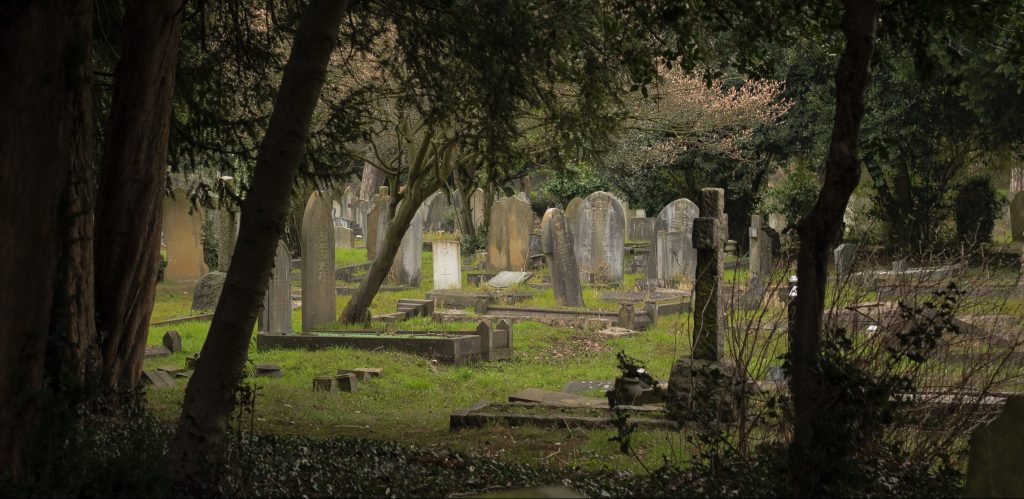Arnos Vale Cemetery In Bristol
Speak to a lot of people about graveyards and many will no doubt talk about them being ‘creepy’ and full of ghosts. For myself however I have always found them to be peaceful places where you can spend a pleasant afternoon whiling away the hours. I have a favourite one that feels positively homely. I have visited so many times it feels like an old friend. I read with interest therefore the story of Howard Utting who grew up in Arnos Vale Cemetery in Bristol.
Arnos Vale is a 45-acre Victorian cemetery, created in 1837. William Utting arrived from Walsall in 1908 to be its superintendent. Later, his son Alfred, and then in 1943 Howard Utting was born, the third generation to live at the cemetery. He lived there for 30 years.
A Place of Kindness
Howard said,
“It wasn’t a frightening place to live. If anything, it was full of kindness and respect. You can’t grow up in a cemetery and not want to be kind. I’ve seen grief since I was little; I’ve got a sixth sense for when people are suffering. I hate cruelty, and I’m slightly nonconformist, unsurprisingly. My father was a good man, very reassuring, but sometimes his job got to him. If he’d been at a difficult funeral, I’d see him slip a bit of whisky into a cup of tea.”
Howard lived in the cemetery from childhood through to the end of his twenties. Since his retirement he has come back to the cemetery to volunteer for the charity that took it over.
Bringing The Dead Back In To Our Communities
Now Howard describes it as,
” a place of rest, a place to walk the dog; it’s an oasis in a busy city, and still a working cemetery. The trees and brambles remain, but there are also masses of primroses, owls, wildlife. There’s a sense of renewal.”
Before the Romans came it was often the case that families lived with their deceased loved ones nearby. With the advent of Christianity came the separation of the living from the dead who were given their own domain in burial grounds set aside for that specific purpose. It could well be that this is where the taboos about talking openly about death first began. In any event this story is a welcome one because it dispels the fear so often engendered when speaking about death and graveyards.

Living in a cemetery
A Place For The Dead, A Place For The Living
I think it is time we took the opportunity to visit those who have died and take them back into our communities. When we stop ostracising the dead we make a place for acceptance of death and bring our loved ones back into our families. Cemeteries as Howard says above, are not just for the dead, they are for the living too.
If you would like to read more about Howard you can follow the story here.

